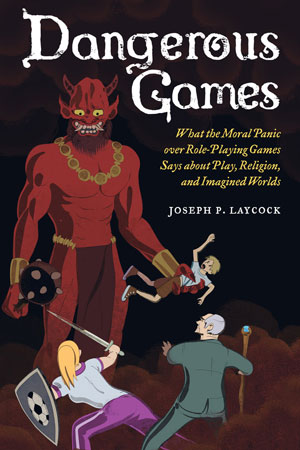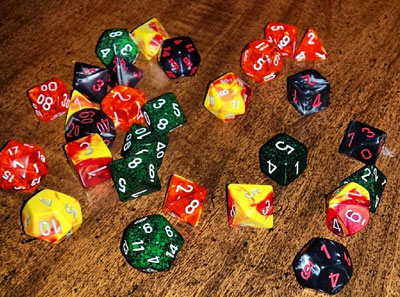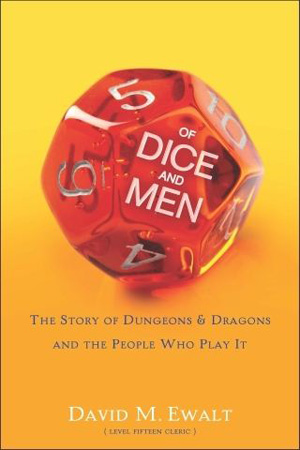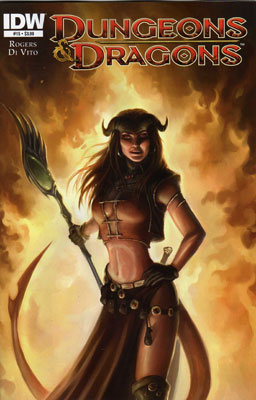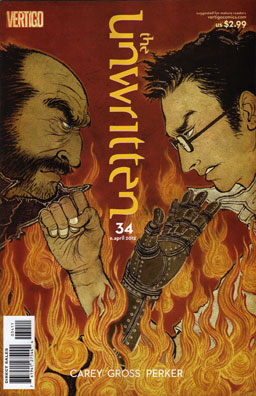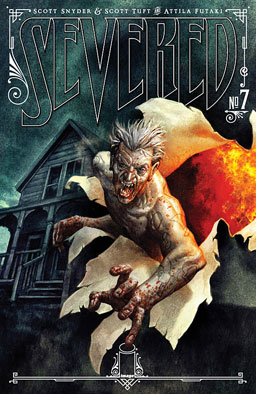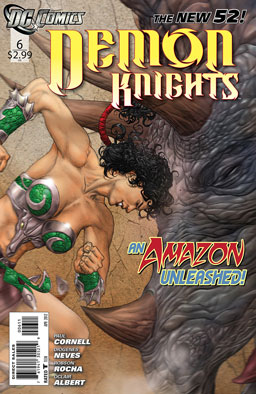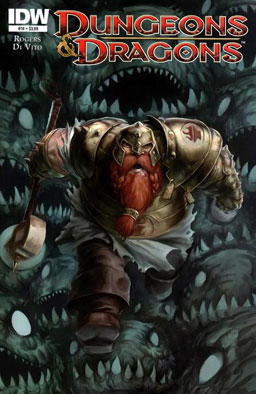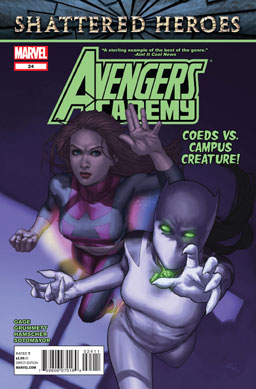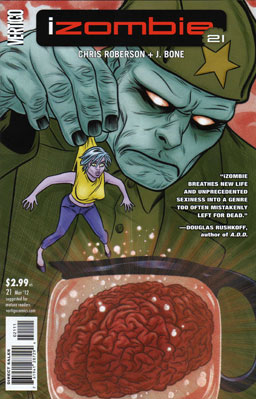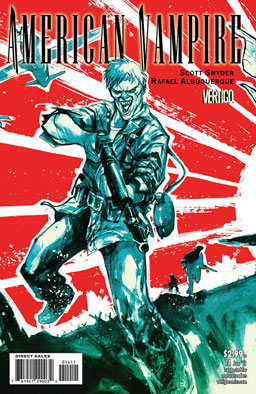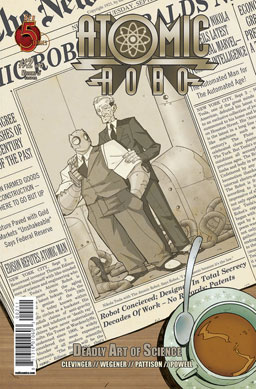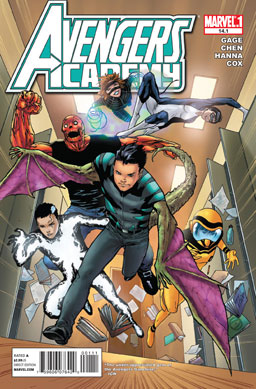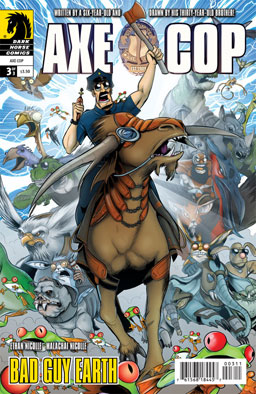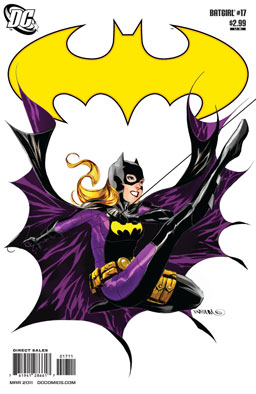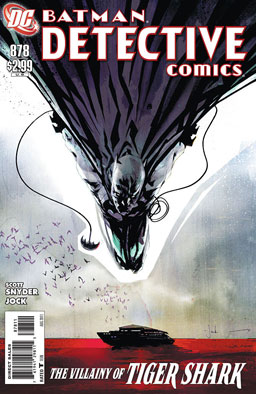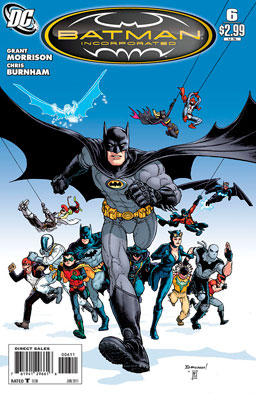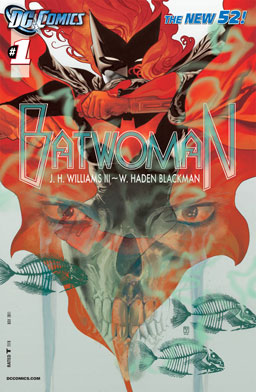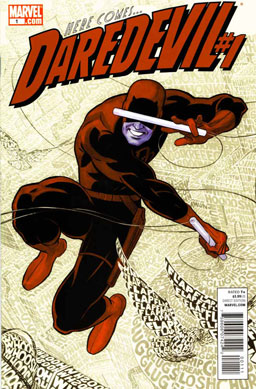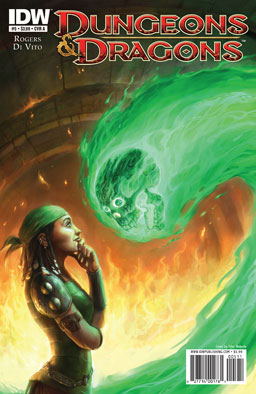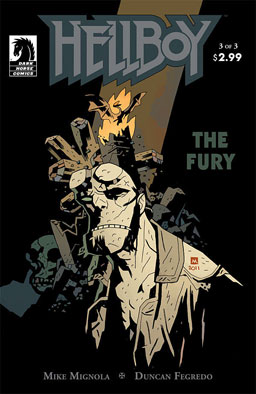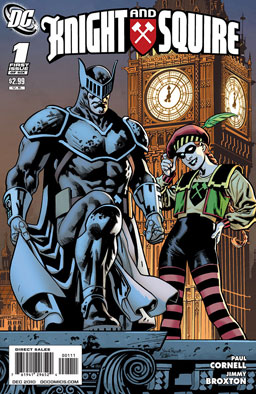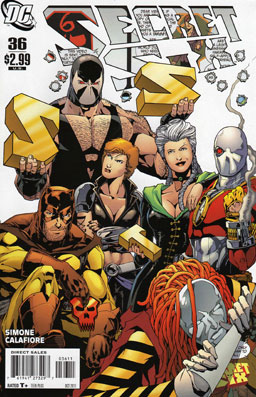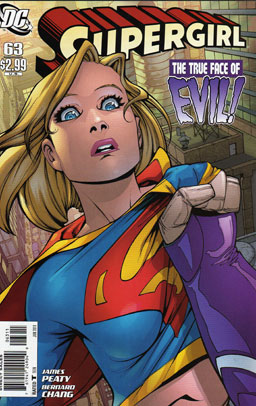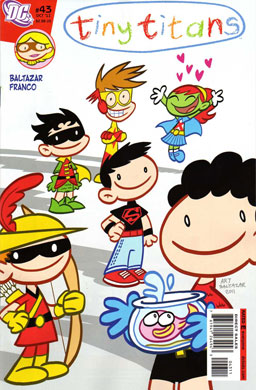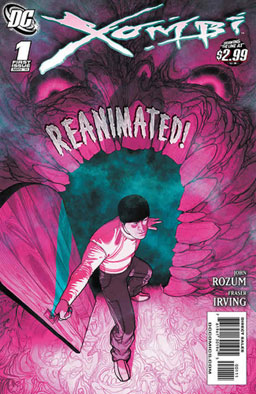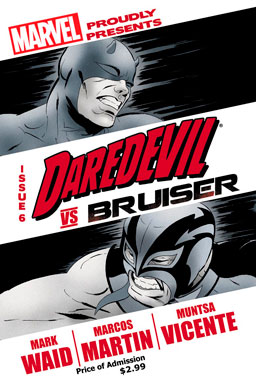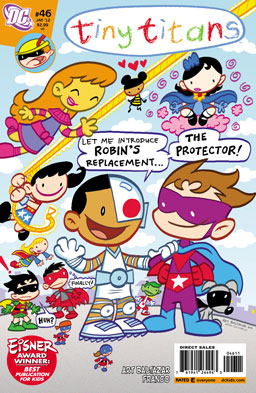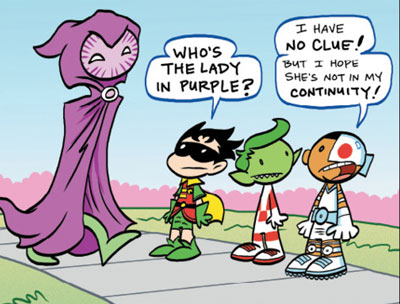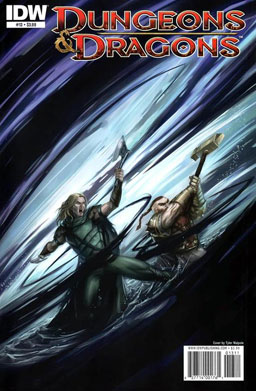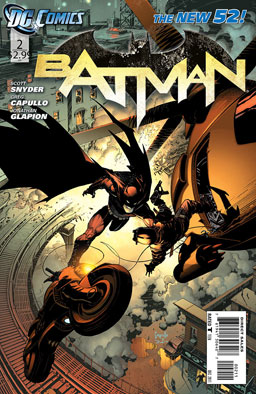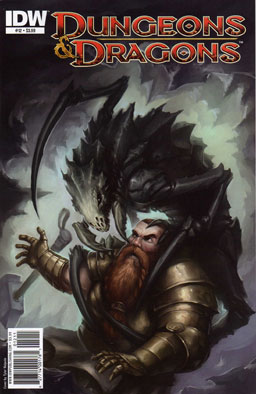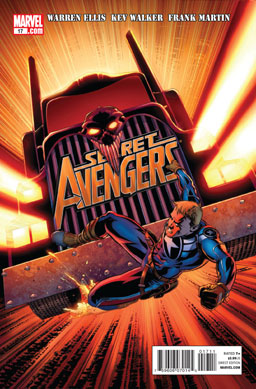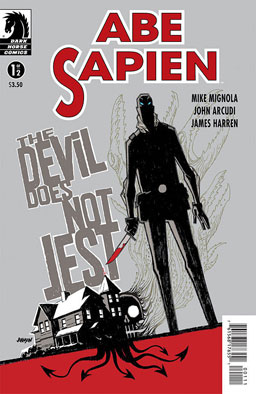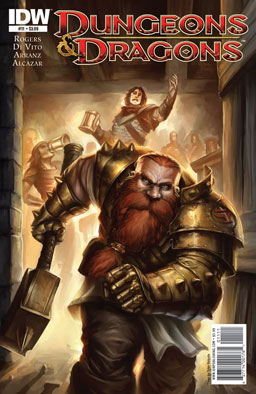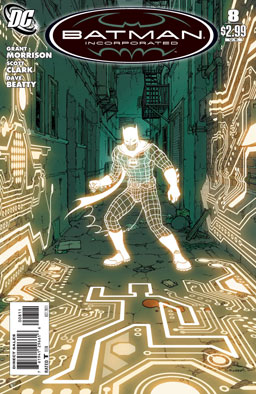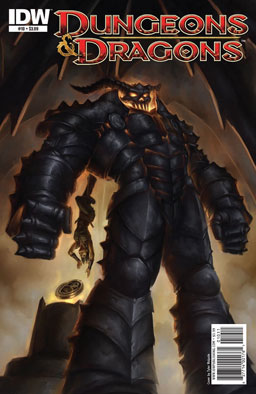Dark Dungeons
Dangerous Games: What the Moral Panic over Role-Playing Games Says about Play, Religion, and Imagined Worlds by Joseph P. Laycock
Long, long ago, back in the ancient junior-high days, I played Dungeons &Â Dragons. This was back in the old boxed set era — what I still think of as the glory days of D&D — and I’ll freely admit it was a weird game. Most game sessions involved exploring underground dungeons populated by nothing by seemingly random collections of monsters living in squalor but surrounded by treasure. Wizards weren’t allowed to wear armor or carry weapons more significant than a dagger, and their spells disappeared from their minds as soon as they were cast — unless they’d memorized the same spell more than once. And there was some sort of armadillo that had somehow evolved the ability to cause metal to rust.
But the weirdest thing of all was how many people believed that playing a game of pretend could cause you to worship the devil.
I was lucky, because while my parents surely thought D&D was weird, they never believed it was evil, and they never told me I wasn’t allowed to play. But there were lots of people who bought into that ridiculous story. But why did people believe it? Why did people push it? What were they getting out of pushing something so utterly deranged?
That’s what this book is about — why was there a huge moral panic about D&D (and roleplaying games in general), why were people so eager to believe that bookish teenagers were devil worshipers, who were the people helping to fan the flames, and what benefits did they gain from inventing conspiracy theories that made no rational sense?
Laycock’s book is exhaustively detailed, detailing the history of the game and the panic from the beginning, setting down the names of a vast number of conspiracy theorists, and analyzing not just the motives of the theorists, but the many ways they were actually very similar to the teenagers they were targeting.
Verdict: Thumbs up. Let’s start out with this, though — this isn’t an easy, two-nights-to-finish pop-psych skimmer. This is a pretty serious academic work. There are hefty chunks of the book devoted to professorial discussions of play, religion, and the imagination. Those may sound easy and fun, but when you’re analyzing the research into these academic areas, they can be a bit of a slog to get through. There are pages of this book you may have to force yourself to get through, particularly if you’re not well-versed in these academic areas.
This may sound like a bad thing, but it ain’t really. You learn stuff going through these sections, and learning this stuff helps you appreciate Laycock’s analysis later in the book. This is the nature of academic works, and it don’t make it bad just ’cause it ain’t easy.
What are some of the things we learn in Laycock’s analysis? One of the key discussions is about play and imagination — particularly when it’s healthy and when it’s unhealthy, and what happens when people can’t tell the difference between their imaginations and reality. I don’t think it’ll come as a great surprise to anyone who’s followed this phenomenon before, but there are some serious similarities between D&D players and the conspiracy theorists who persecuted them. D&D players played at being brave heroes battling against monstrous horrors to save the innocent. And the conspiracy theorists like Patricia Pulling, William Dear, and Jack Chick also played at being brave heroes battling against monstrous horrors to save the innocent. Now which ones do you think knew they were playing a game, and which ones do you think had mistaken their game for reality?
Even then, there are some items in here that still surprised me. I never really imagined there were people who were actually opposed to anyone using their imagination — because imagining things means thinking of things that God didn’t create. And this distrust of the imagination actually extends back centuries — some Greek philosophers didn’t trust fiction or the arts at all, and even Thomas Jefferson hated novels because he thought books should only convey things that were true, not falsities and fictions.
There’s so much more I could go through — because there’s a lot of excellent stuff to learn in this book. If you’re an old-school gamer with a taste for the hobby’s history, if you’ve got an interest in moral panics, if you love learning new things about how humans use and abuse play and religion, you’ll probably really enjoy this book. Go pick it up.

